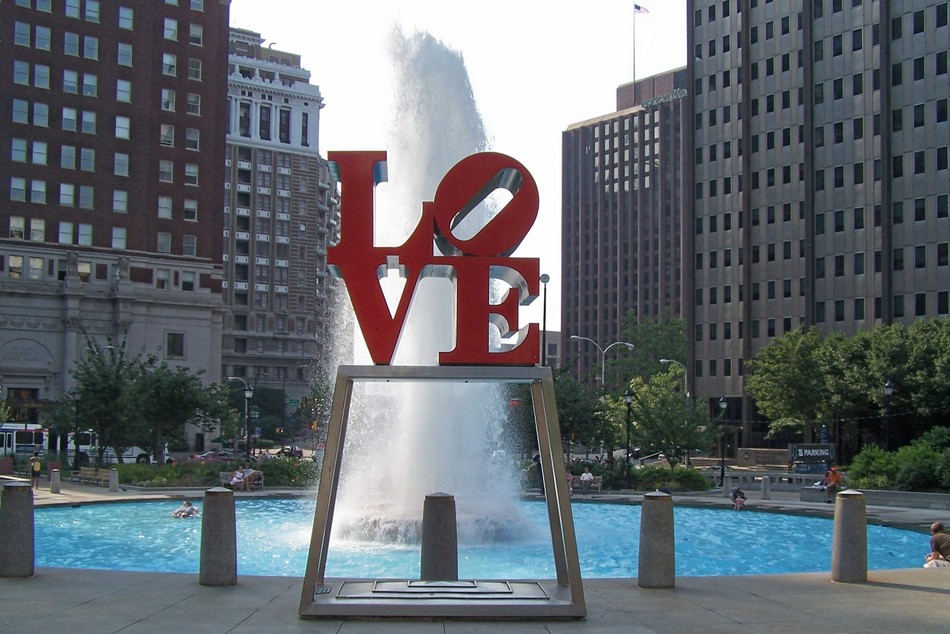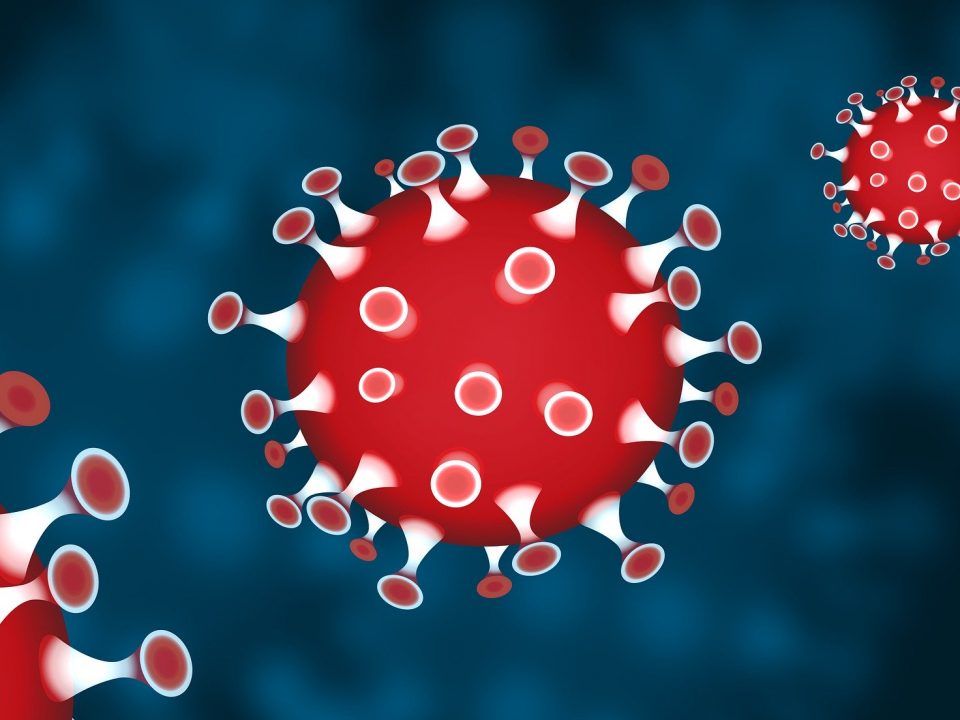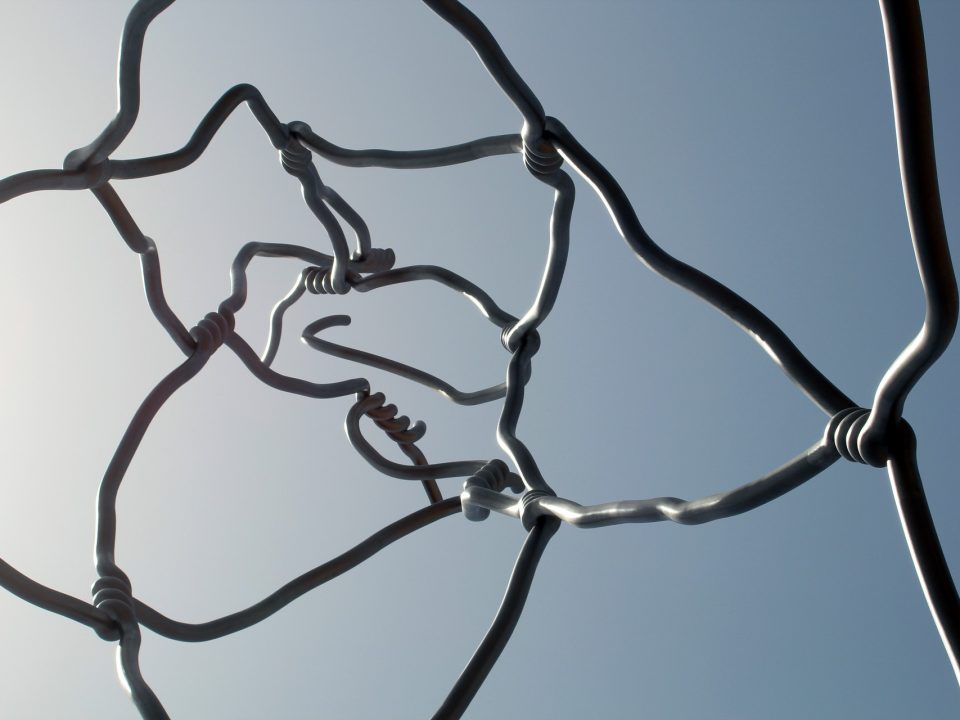Philadelphians Embrace “LOVE”

Aside from the Liberty Bell and the Rocky steps, what do you think of when you think of visual symbols of the city of Philadelphia? Obviously, the LOVE statue – with “LO” on top (with a tilted O) and “VE” on the bottom. The statue is so iconic that there’s a park built around and named after it. There’s no better icon for a place known as The City of Brotherly Love. But do you know the history of the famous artwork?

“LOVE” has been translated into many languages, but the meaning remains the same.
“LOVE” was created by artist Robert Indiana. It was installed in John F. Kennedy Plaza in 1976 for America’s Bicentennial Celebration. In other words, it was always meant to be a temporary display. Philadelphians fell for the statue, however, and the public was widely displeased when the piece was removed and given back to artist Indiana. As a gift to the people of the city, F. Eugene Dixon, former owner of the Philadelphia 76ers, purchased the statue and donated it to the city.
As is the case with the emotion, LOVE is everywhere! According to the Philadelphia Tribune: “Today, Philadelphia is the site of three of the iconic sculptures. In addition to the Center City location, there is a smaller one on the University of Pennsylvania campus and a version showing the word in Italian (“AMOR”) on the Benjamin Franklin Parkway. “LOVE” is also in other locations around the globe, including New York, Kansas, Utah, Japan, Spain, China, Kyrgyzstan, Milan and one in Hebrew (“AHAVA”) in Israel.”
Indiana’s image of the word, with the stacked letters, first appeared on a 1965 Christmas card for the Museum of Modern Art. It quickly became one of the most popular cards that MoMA had ever published. Indiana, who is now 88, says that he created LOVE as a sort of poem, a “peaceful response” to the tumult that overtook America during the Vietnam War.
Right now the iconic statue is hanging out in Dilworth Plaza while Love Park undergoes renovations.



